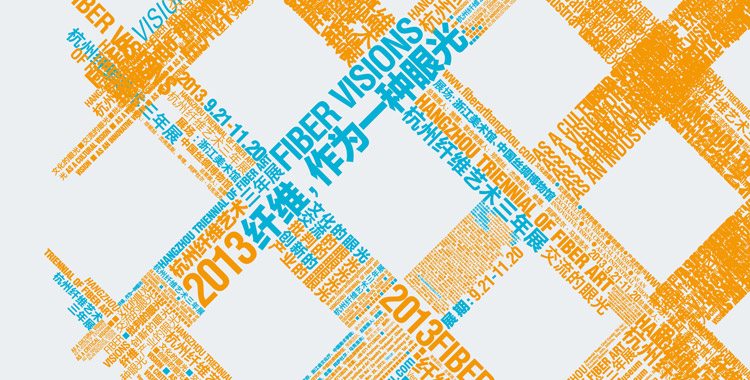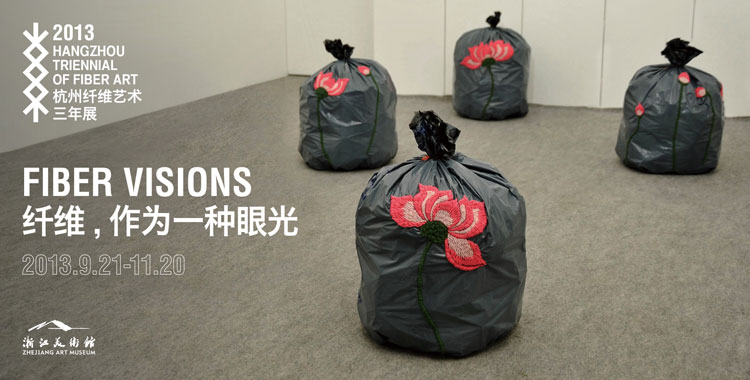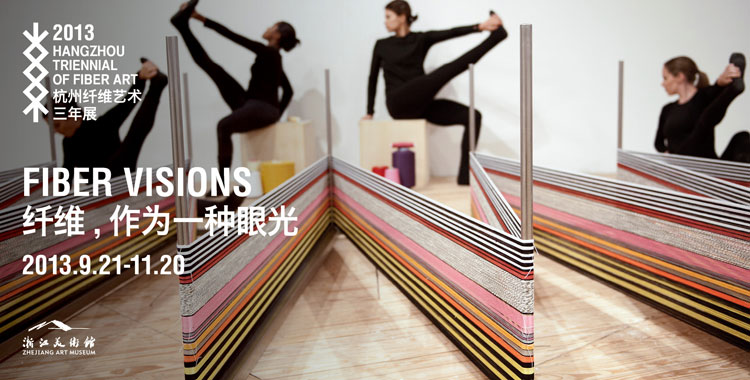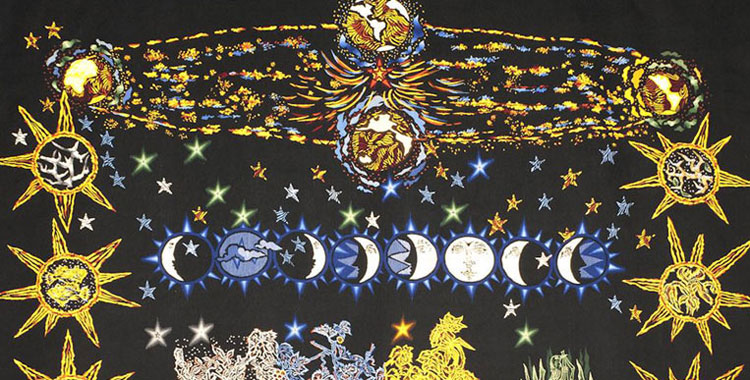Uli Fischer
Born in 1953;1973-1978, studied textile design at the University of Applied Sciences for Design in Hannover; 1978-1982, studied and graduated in fine arts at the Academy of Visual Arts, Braunschweig; 1985-1991, screenprinting and monochromatic colour painting, art project Laden für Nichts; 1986-2005, various projects for theatre and film as set designer and art director; since 2002, focus on own artistic interests; lives and works in Berlin.
2006-2007 Exhibitions, Gallery ‘Art of Textiles‘, Berlin
2008 Japan Indigo, First Exhibition of Gallery 'Art of Textiles'
2009 Tendenz Vertikal - new objects by Uli Fischer
2010 Project interaktion I-IV work in progress 2010, one year - four shows
2011 TEXTOUR event in Hannover (Germany)
2012 Canvas Atelier, Berlin, Uli Fischer/Sadik Uslu, paintings and objects, Gallery ‘Art of Textiles‘, Berlin
2013 Max-Planck-Institut, Berlin
2013 Atelier Uli Fischer, Uli Fischer former Berlin/West --- Crista Jeitner former Berlin/East, not searched.....but found / two artist show – textile objects
BLACK FOREST, ENTSCHIEDEN, PARADIGM
All the fabrics I use for my work have one thing in common: they represent time - time preserved through wear. The origin, age and past history of the fabrics are secondary, but they still play a role in the process of acquiring the material. Patina acquired through usage lends spatial depth, not unlike the way old Dutch masters applied their paints.
Along with diachronically preserved time, the present time, too, has an impact on my production and plays a significant role in procurement of the fabric: the World Wide Web transcends space, providing synchronous access to materials from all over the world. Geographical borders, cultures and history win new significance in my creative work.
The three objects presented here are important examples of the diachronic and synchronous progress of a creative process based on time.
The initial idea for BLACK FOREST (2011) was interaction of the colours black and blue with all their emotional implications. The various blue tones are created by dying cotton fabric with indigo to form transitional patterns – from reddish blue to blueish green – like applying many layers of paint to create a composition. The fragments used have different surfaces, date back to different eras and were produced for different uses (Japanese kimono and Japanese futon cover, Chinese fabric woven by the Miao people).
In ENTSCHIEDEN (2011) too, I have incorporated fabrics from various cultures and eras: German linen (1950), fragments of a Japanese kimono (1920), in combination with a widely-used modern synthetic fabric.
PARADIGM (2013) shows quite clearly how I transfigure the existing material that I have found. The chaotic surface (tears, oil stains, splashes of paint and burns, etc.) of a German army tarpaulin from World War II and a clean ironing cloth from 1920 combine to form a diptych. Manipulations such as abrasion, repairs using various threads and stitches, along with the use of silk and cotton as underlying materials, are some of the additional elements I use to create suspense and bring (my own individual) order into my work.



































